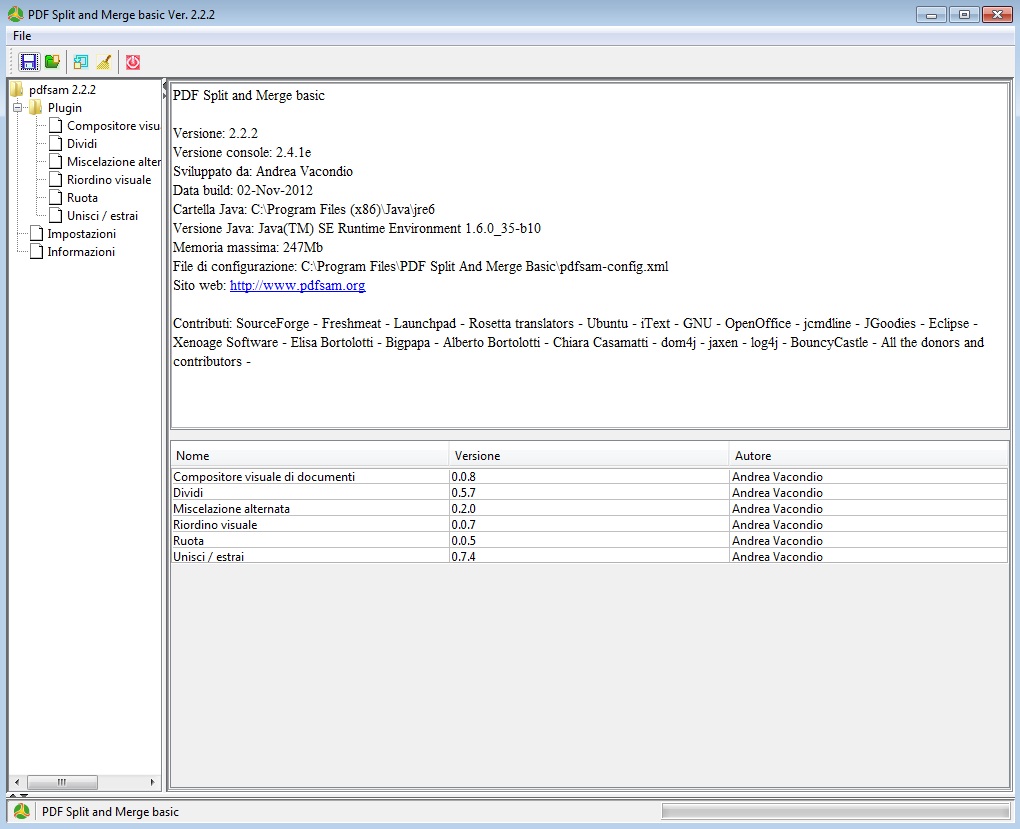

#Arenario archimedes pdf merge how to#
Recall that Archimedes's meta-goal with this essay was to show how to calculate with what were previously considered impossibly large numbers, not simply to accurately calculate the number of grains of sand in the universe.Ī Greek stadium had a length of 600 Greek feet, and each foot was 16 dactyls long, so there were 9,600 dactyls in a stadium. To make further calculations easier, he rounded up 640 million to one billion, noting only that the first number is smaller than the second, and that therefore the number of grains of sand calculated subsequently will exceed the actual number of grains. Multiplying the two figures together he proposed 640,000,000 as the number of hypothetical grains of sand in a sphere one dactyl in diameter. He then claimed (without evidence) that each poppy seed could contain a myriad (10,000) grains of sand. Since volume proceeds as the cube of a linear dimension ("For it has been proved that spheres have the triplicate ratio to one another of their diameters") then a sphere one dactyl in diameter would contain (using our current number system) 40 3, or 64,000 poppy seeds. With these measurements, each grain of sand in Archimedes's thought-experiment would have been approximately 19 μm (0.019 mm) in diameter.Ĭalculation of the number of grains of sand in the Aristarchian Universe Īrchimedes claims that forty poppy-seeds laid side by side would equal one Greek dactyl (finger-width) which was approximately 19 mm (3/4 inch) in length.

that the perimeter of the Earth was no bigger than 300 myriad stadia (5.55♱0 5 km).In order to obtain an upper bound, Archimedes made the following assumptions of their dimensions: Archimedes continued naming numbers in this way up to a myriad-myriad times the unit of the 10 8-th order, i.e., ( 10 8 ) ( 10 8 ) = 10 8 ⋅ 10 8 This became the "unit of the third order", whose multiples were the third order, and so on. Multiples of this unit then became the second order, up to this unit taken a myriad-myriad times, 10 8♱0 8=10 16.

Archimedes called the numbers up to 10 8 "first order" and called 10 8 itself the "unit of the second order". The number system in use at that time could express numbers up to a myriad (μυριάς - 10,000), and by utilizing the word myriad itself, one can immediately extend this to naming all numbers up to a myriad myriads (10 8).

Naming large numbers Periods and orders with their intervals in modern notation įirst, Archimedes had to invent a system of naming large numbers.


 0 kommentar(er)
0 kommentar(er)
